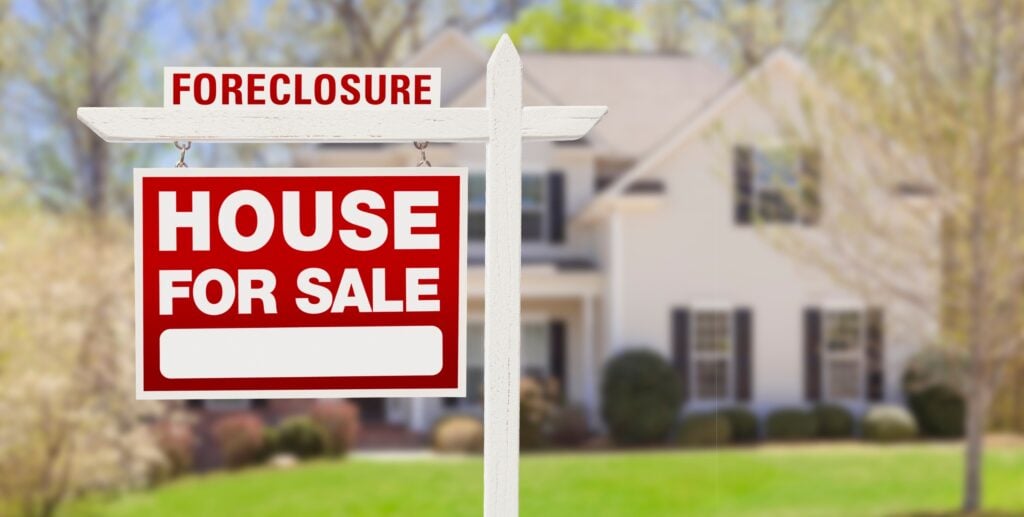The U.S. housing market is in a slump, and the Federal Reserve has taken notice.
Notes from the Fed meeting in July highlight discussion between committee members on slow economic growth in the first half of the year, due in part to a decline in residential investment. Members reflected on weakening housing demand, more homes for sale and falling house prices.
Staff economists at the Fed also reported that housing valuations have edged down but remain elevated.
Participants warned that a “more substantial deterioration in the housing market” is a downside risk to jobs.
According to the National Association of Realtors [1], existing-home sales ticked up just 0.8% year over year in July, but inventory (15.4% increase) and months’ worth of supply (4.0 to 4.6) rose significantly from a year earlier — signals that the market is slackening rather than roaring back.
The rate of new-home sales, seasonally adjusted, fell year over year in July, per the Census Bureau. The months’ supply rate also increased to 9.2 months, compared to 7.9 months last year.
For the homebuilding industry, the signs point toward caution, which could continue to exacerbate the U.S. undersupply problem as the economics of building new houses and the lack of demand from buyers work together in a vicious cycle to disincentivize new construction.
High mortgage rates can have an impact on housing affordability, but lower borrowing costs may not be a silver bullet to revive the housing market. Many owners of existing homes are “locked in” to cheap pandemic-era mortgages, which has contributed to housing supply problems by making it difficult to move at all. Fed research attributes almost half of the U.S. consumers’ drop in mobility from 2021 to 2022 to the mortgage rate lock-in effect.
Read more: Rich, young Americans are ditching stocks — here are the alternative assets they’re banking on instead
First-time buyers may feel the squeeze the most. A recent Fed board speech by Governor Adriana D. Kugler highlighted that higher mortgage rates disproportionately reduce purchases by lower-income households, which pushes homeownership dreams further out.
Story Continues
























